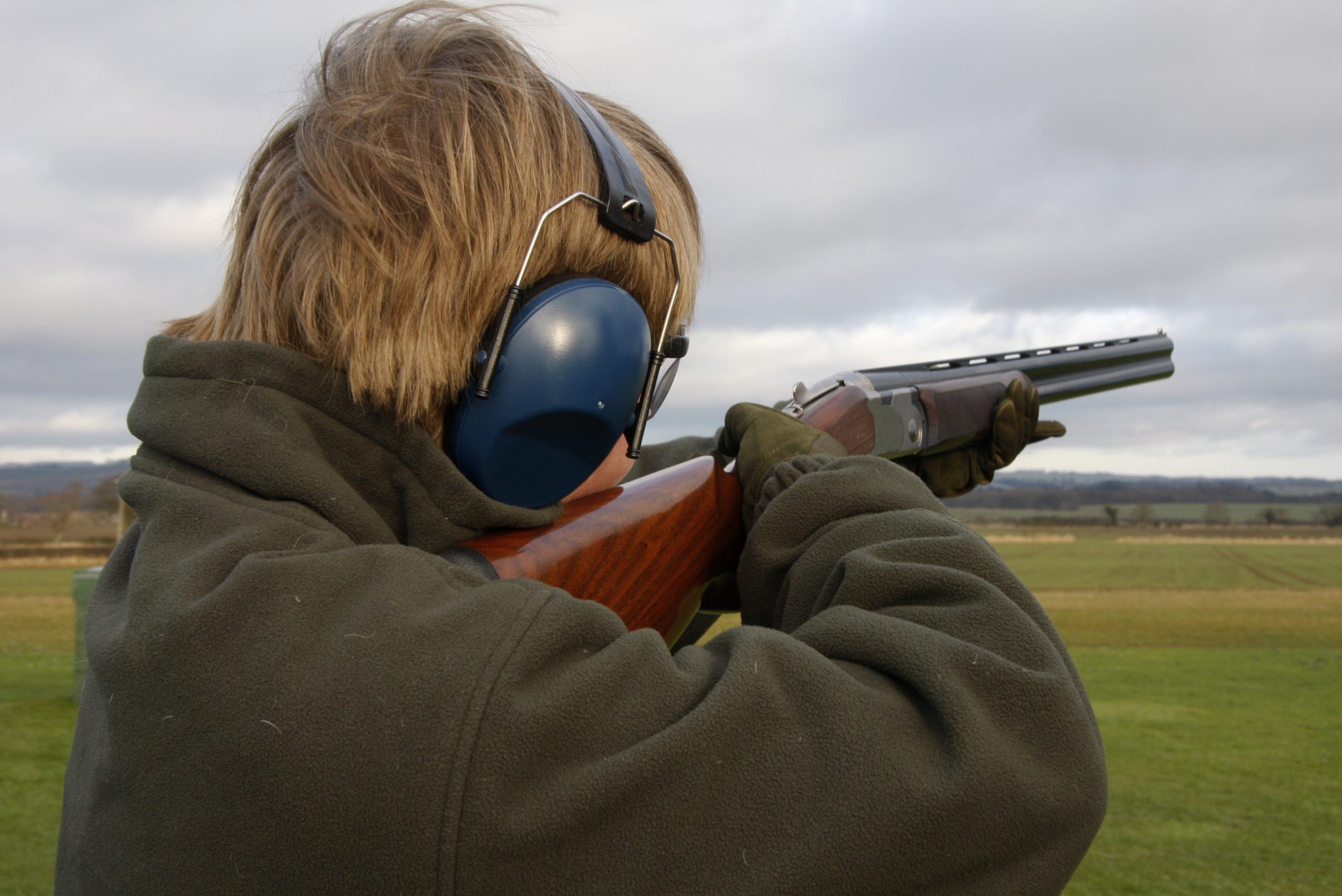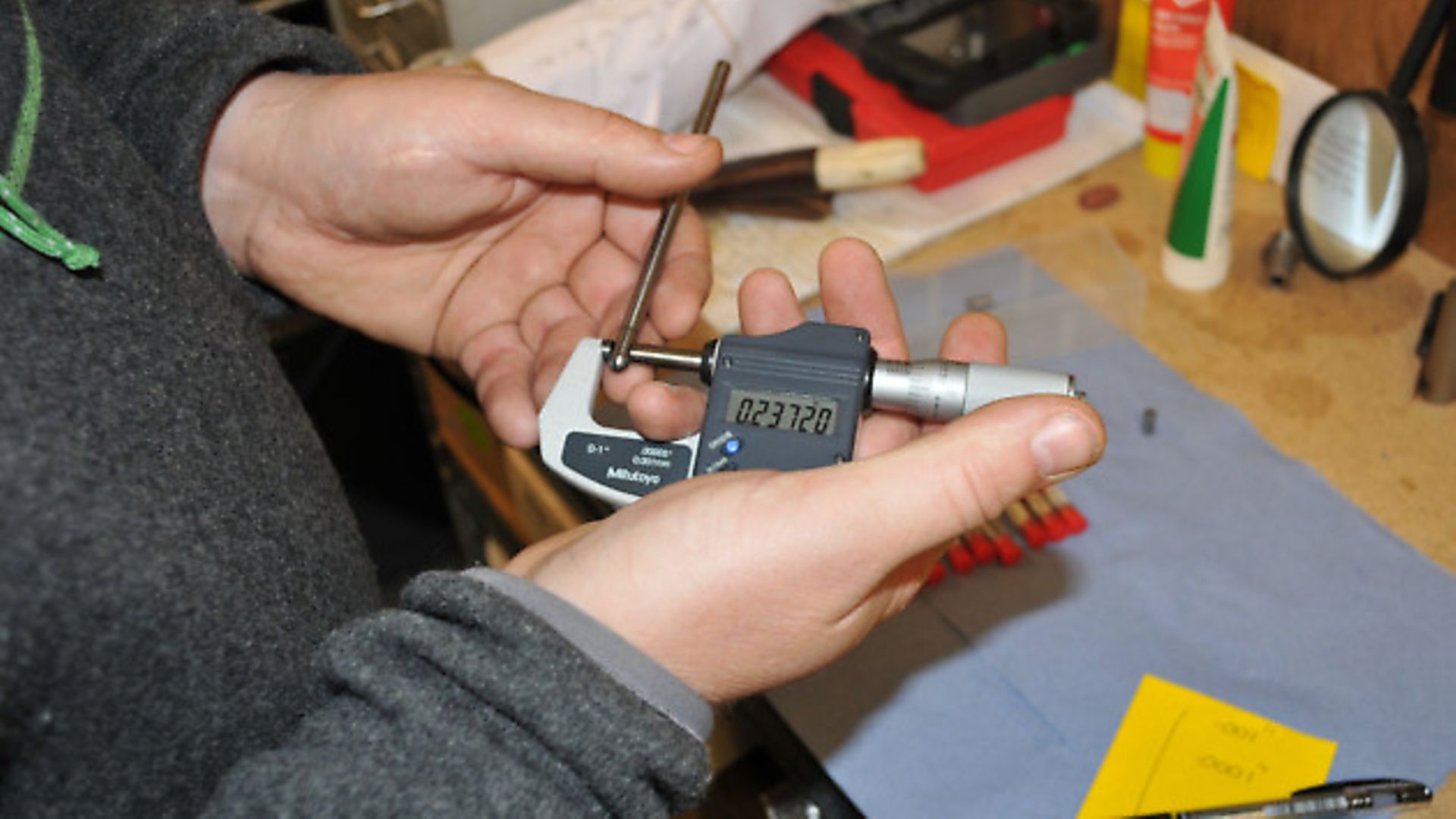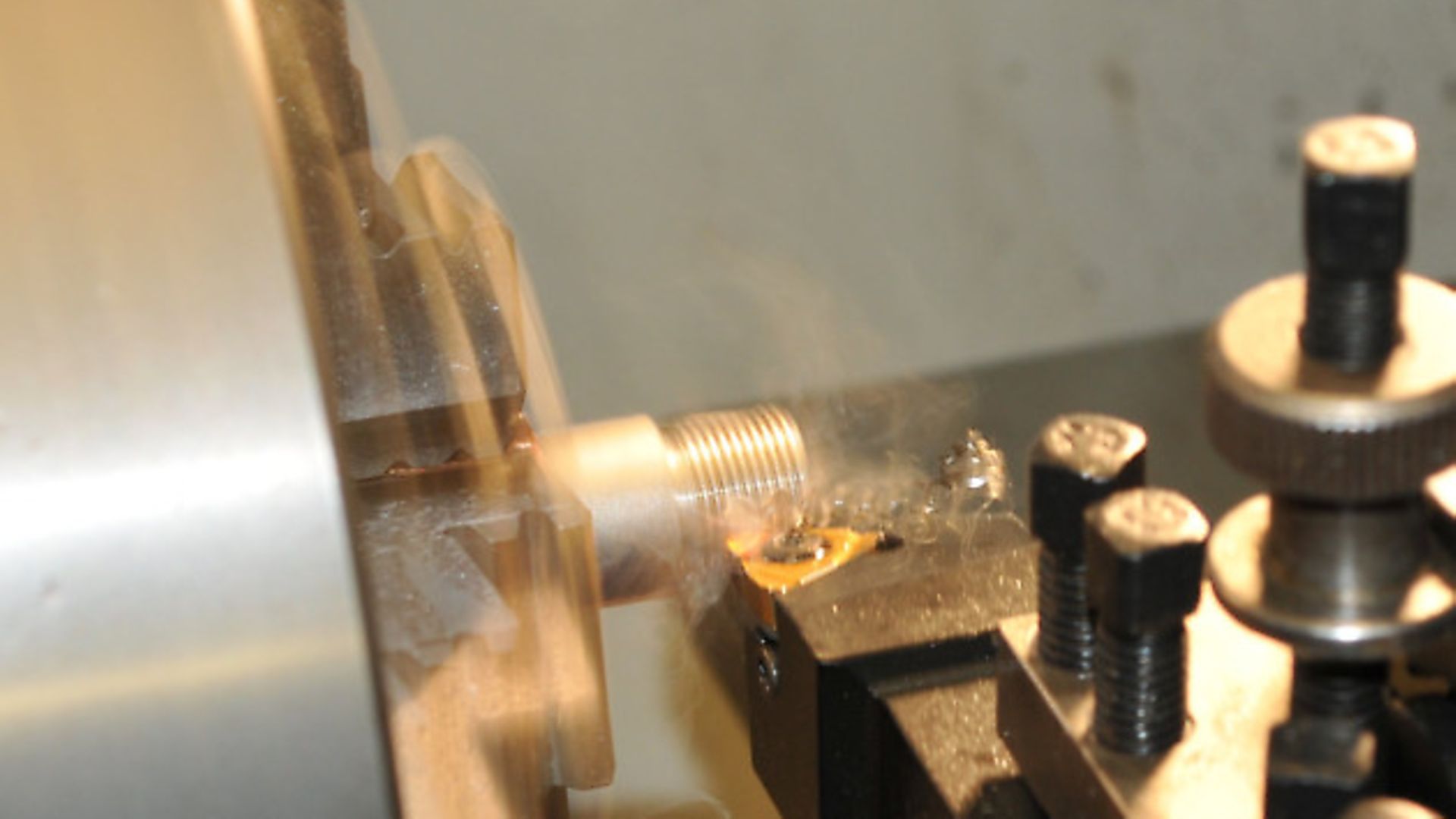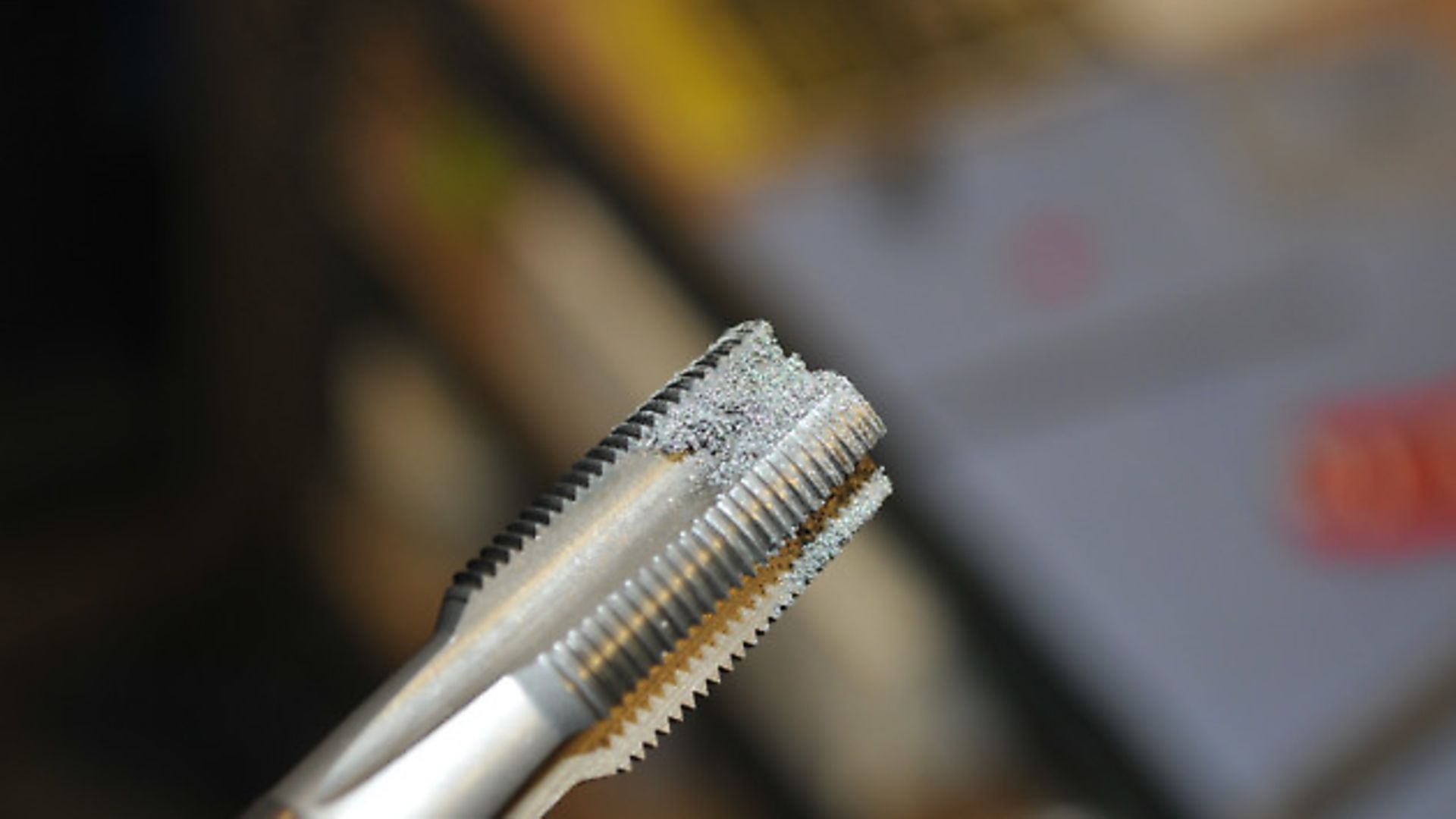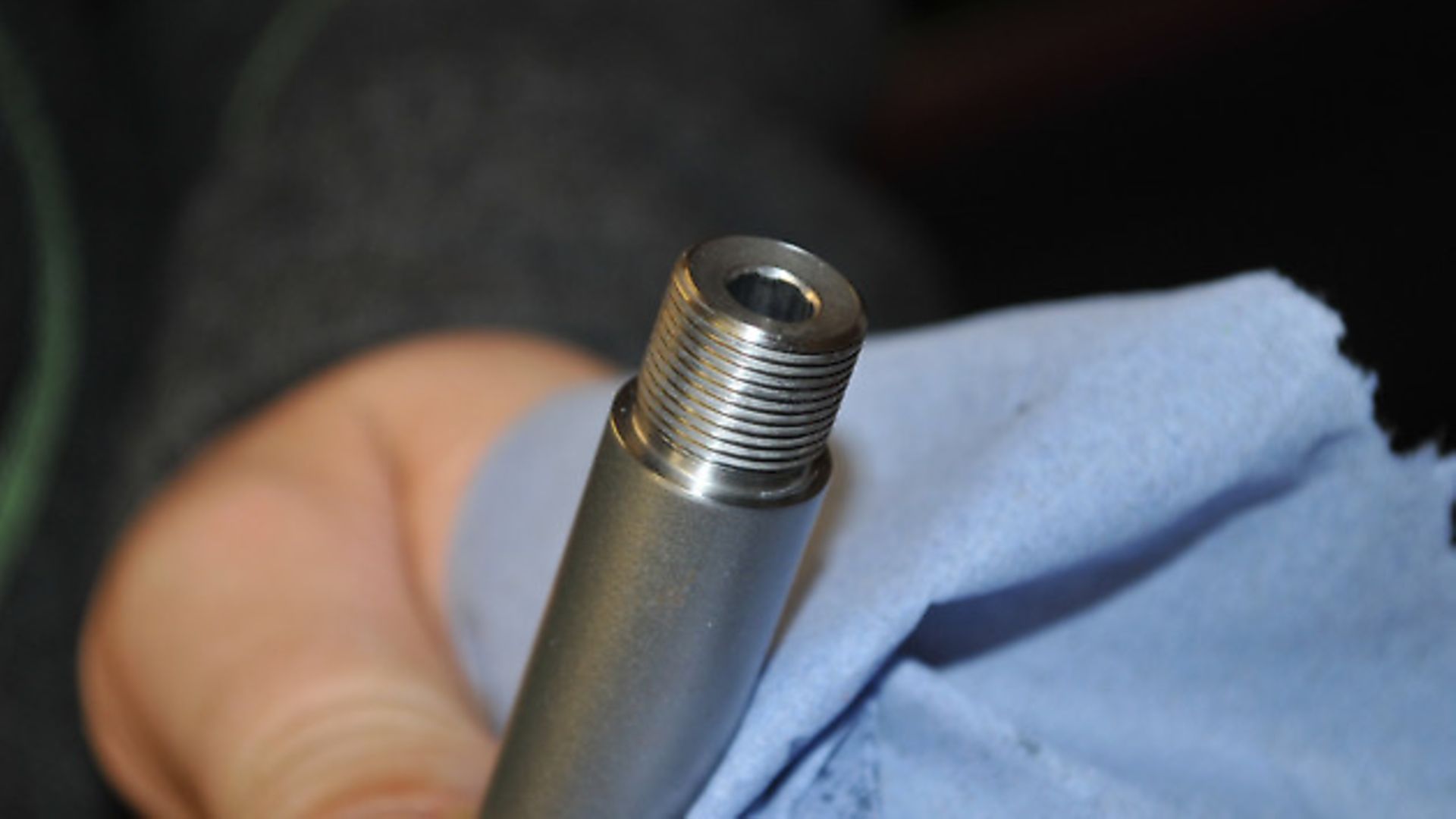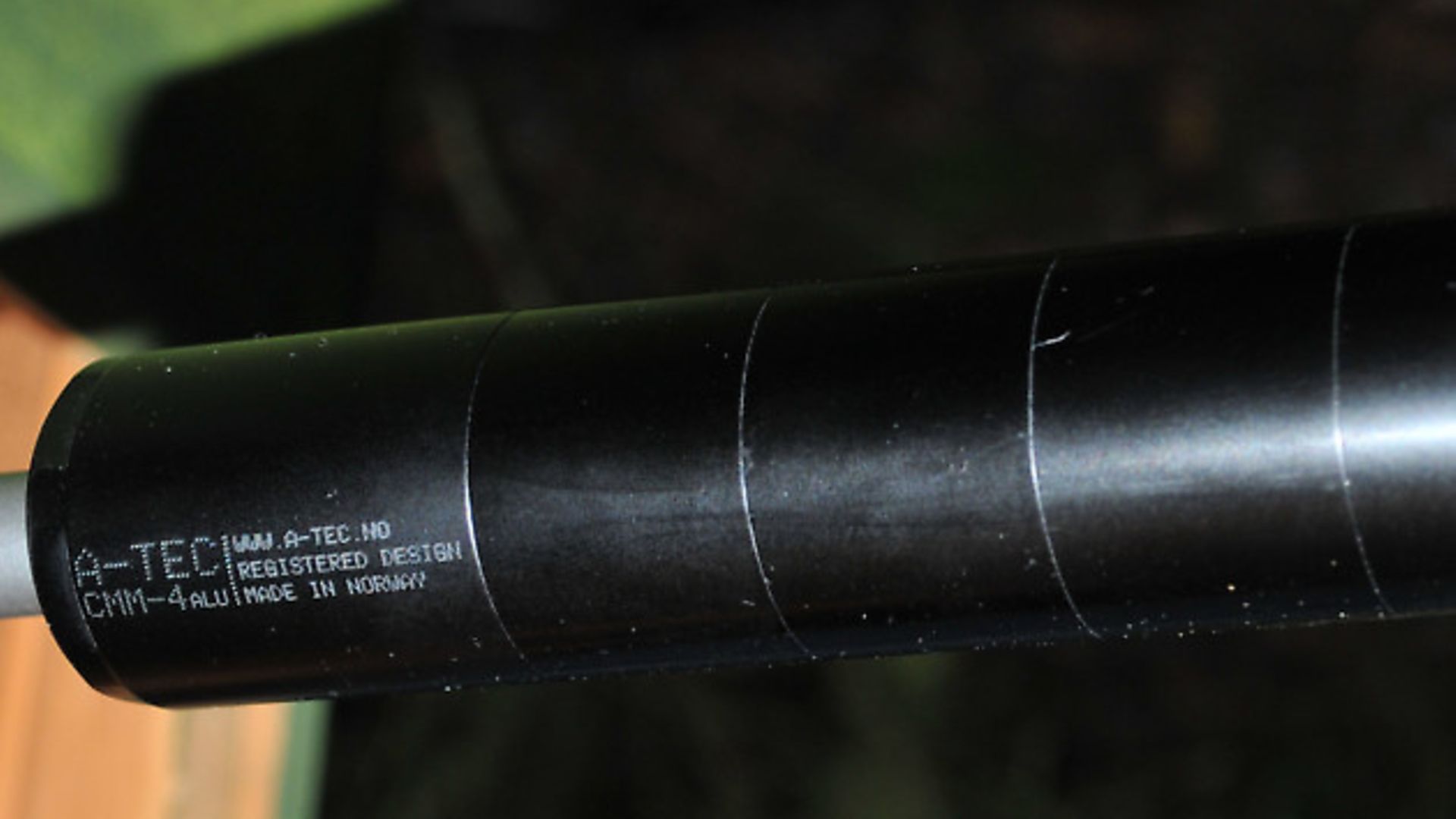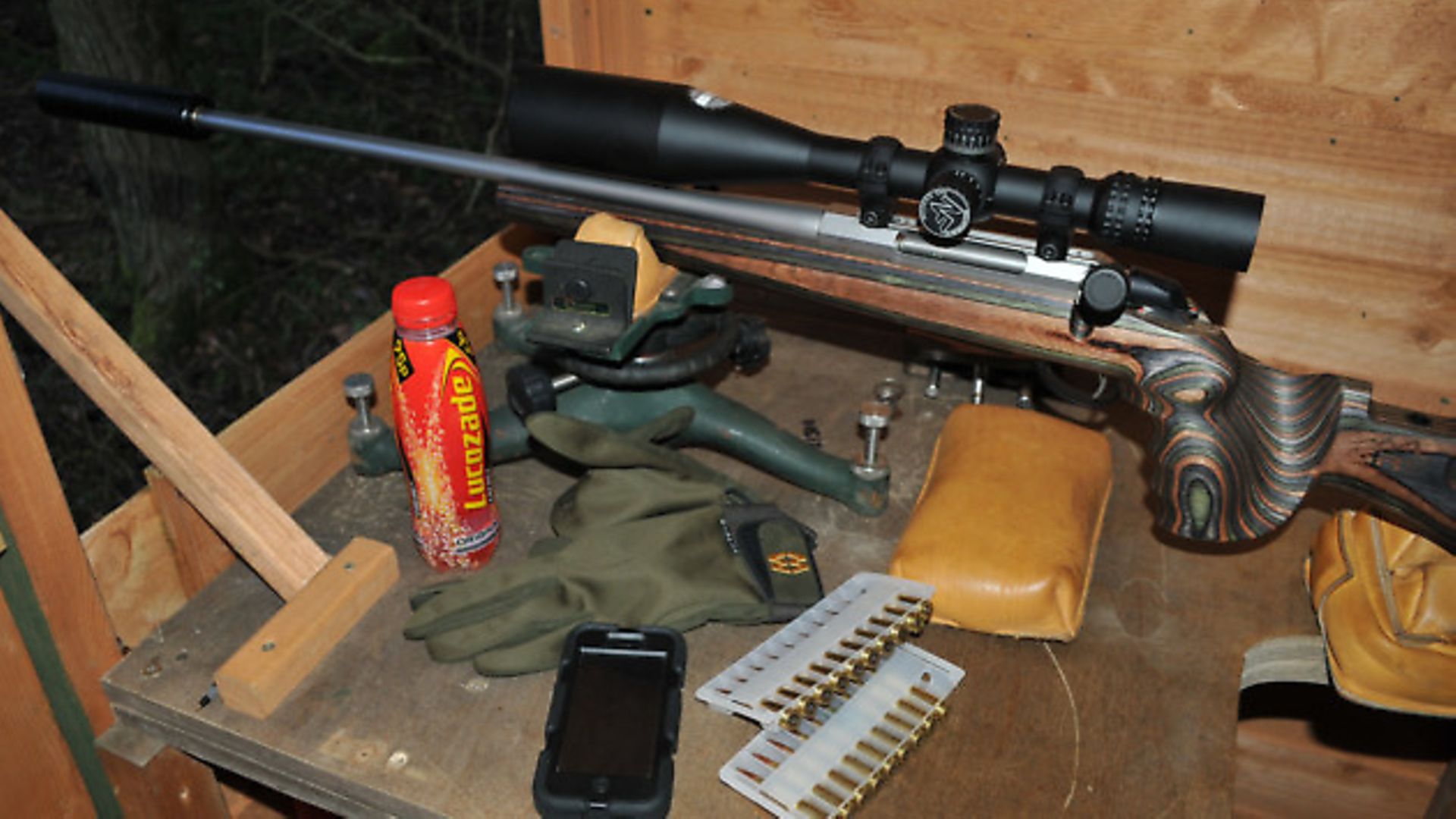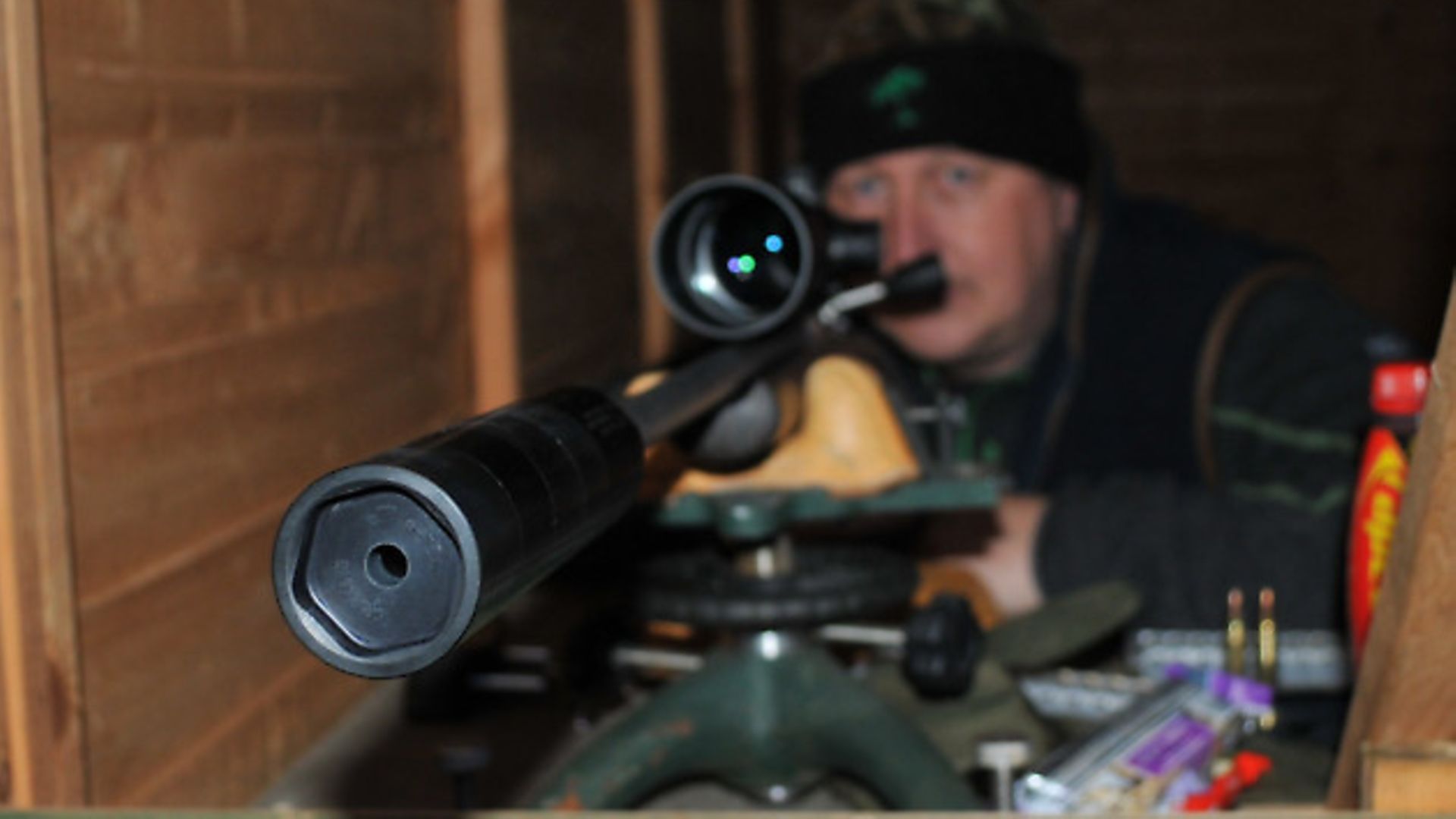The silent treatment
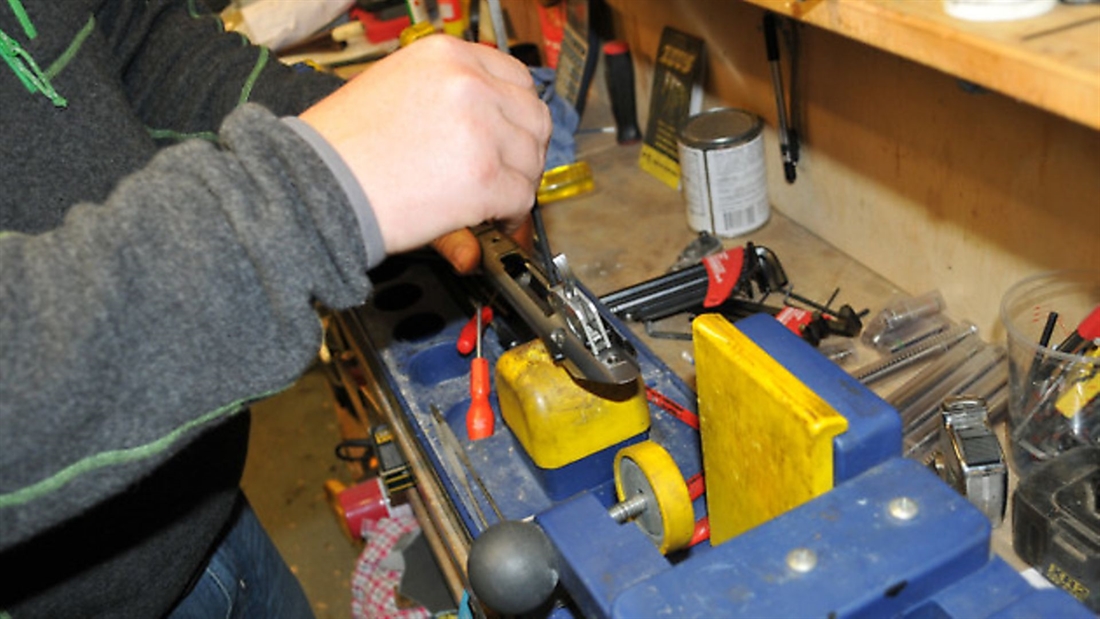
The question of whether to use a sound moderator has long divided rifle shooters. Chris Blackburn thinks the pros far outweigh the cons and fits one to Project T3 RS
The modern stalking rifle that most people take to the hills or in the woods will be fitted with a sound moderator of some description. Some 25 years ago when I started my professorial stalking career, moderators were a thing of rarity, of huge proportions and not very efficient – a bit like the old mobile phones of the time!
Since those early days, sound moderators have popped up from various manufactures, but the majority just don’t cut the mustard… there are only so many ways you can design a mouse trap. The sound mods of years ago did reduce noise to a degree but they were also just too big and heavy, which was the main reason they didn’t find favour with the old-school stalkers of the time. The modern sound moderator, however, is an efficient, lightweight and small feat of engineering.
There is lots of debate about the pros and cons of using a sound moderator, but to my mind the pros far outweigh the cons.
Pros:
– Reduced noise
– Reduced felt recoil/kick and far less muzzle flip/lift
– No need to use ear protection (that is still open to debate in my mind, depending on location and rifle)
Cons
– Rifle needs to be threaded to fit one
– They can, and do, upset the balance of the rifle
As with modern mobile phones, there are really only a couple of main players in the sound mod market – ASE Utra and A-TEC – both designed for the same purpose of reducing muzzle blast but achieved using different construction methods and materials.
The ASE Utra range of mods are my own personal choice for sound reduction and durability, rated for full auto use and with a service life of 10,000+ rounds. However, they can be a wee bit heavy for the majority of stalking set-ups as they are made from steel.
The A-TEC sound mods, on the other hand, are mainly constructed of aluminium – the A-TEC CMM4 and the A-TEC Maxim, for instance, are made from aluminium and stainless baffles. Being made from these materials really does have the effect of reducing the weight of the unit, which in turn will not make it muzzle heavy, like the sound mods of years ago.
With these options in mind, Dom and I discussed which way to go. Dom being an office boy with soft hands, I suggested the A-TEC because it is light and efficient. That just left one other decision… which one? Bearing in mind that the Project RS is still fitted with its short factory barrel, the CMM4 seemed the best way forward, weighing around 220g, compared to the Maxim’s 300g+.
That decision made, I set about stripping Project RS of its Nightforce Scope and GRS stock and trigger ready to run it up in the lathe to turn a 14 x 1mm thread on the end. With the barrel threaded, sound mod fitted and checked for alignment, I fired a couple of test shots in my firing hole… all good, so it’s off to the range to test fire!
By the way. You may have noticed I didn’t mention about the mods being strippable. Peter Jackson (Jackson Rifles are the main importer of ASE and A-TEC) and I agree that there just is no need to strip sound mods. Why would you? Surely the residue and by-products produced by burning nitroglycerine and nitrocellulose can’t be great for you. Or look at it another way: would you strip and clean your silencer box on your car? Probably not. If you feel the urge to do this, maybe give a pal a call and go to the pub instead!
The A-TEC units are produced so that they screw together. This is to make production cheaper (CNC run time is worked out in cost per second per unit), NOT to make them strippable for cleaning by the end user. In the workshop when fitting a new A-TEC mod, I will first strip it, give it a clean and inspect it before screwing it back together, very tightly so my clients cant fiddle with it!
By Chris Blackburn


